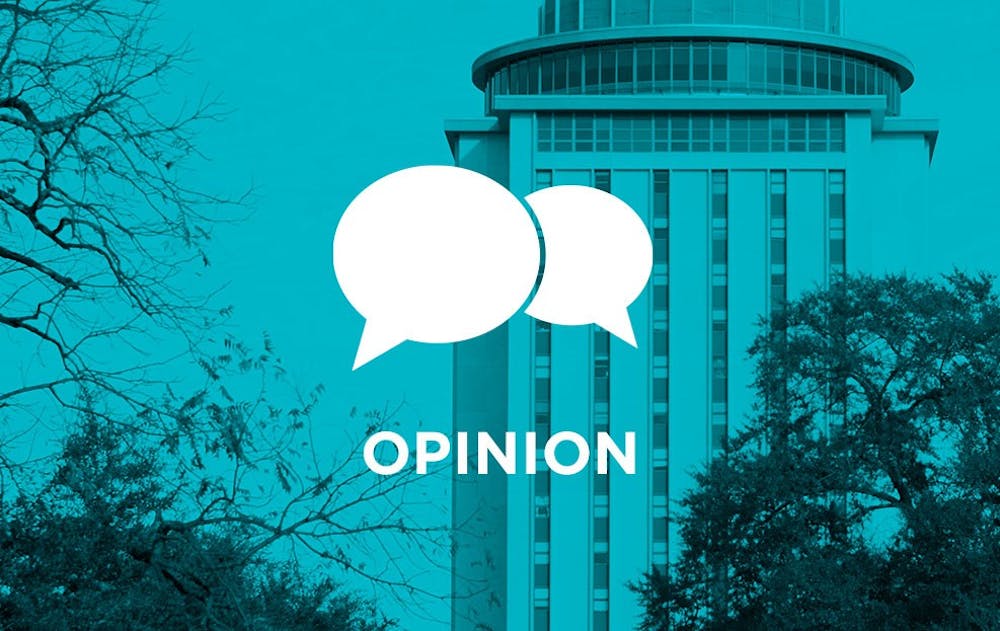In case you didn’t notice, shopping malls of today are shadows of their counterparts of last century. What once were bastions of consumerism and hubs of social activity, many malls around the United States are failing or lie abandoned, leaving hulking concrete structures in their wake. Anchor stores, the large department stores or sporting goods stores that usually prop up malls, are dying off. Stores like Sears, JCPenny, Macy’s and the like are going the way of the dinosaur, in a feedback loop that is pulling malls down with them. Is this the future of American colleges?
On the surface, the comparison of shopping malls to the American university system seems to be lacking. After all, colleges are doing great! They get the benefit of government subsidies on the part of their customers’ bills and enrollment numbers are only going up. Unlike malls, which collapsed due to competition from the internet, college as an industry is remarkably entrenched. It's one of the few ways to climb the social ladder in the United States. For much of the population, making a decent salary to support yourself and your family is thought of as impossible without a college degree.
So why are American colleges in trouble? The answer lies in a variety of factors. First of all, it's no secret that going to school is getting more and more expensive. Tuition costs have risen in the past decade at an “average rate of 3.2% per year beyond inflation.” This has contributed to the ever-increasing combined student loan debt for the United States – $1.48 trillion held by 44.2 million people. This vast number is not going down any time soon.
Fun fact: Student loan debt is unique in that it cannot be forgiven by a typical bankruptcy. To file a Chapter 7, you must prove to that Department of Education that you are basically on the brink of starvation with no means to pay down your loan. That means, unless in the case of extenuating circumstances, whatever loans you take out to get through these four years of education will stay with you until you pay them off, forcing you to be at the mercy of whatever company holds your debt.
If you fail to pay up for 270 days, your loan is considered in default until you pay it back. Federally, this means your credit is damaged, making it more difficult for you to buy a house or a car. In South Carolina, this means your state tax return will be taken, you are no longer eligible for state employment, your wages can be garnished and you might even be sued.
Another issue with American colleges that killed off malls is the rising wage gap. In terms of education, tuition that could once be paid off with a part-time, minimum wage salary has now exploded in cost. Never mind the fact that our $7.25 federal minimum wage has fallen behind in terms of buying power and should now be around $10 an hour.
These trends point to a very unsatisfactory future. If the cost of college continues to rise, the average cost of a public college in 18 years will be around $54,000, considerably higher than the $20,000 of today. If this trend continues uninterrupted, only the wealthy will be able to afford to send their students to college. And if this becomes the new normal, many smaller and less successful colleges across the country will be forced to shut down, much like what happened to shopping malls this past decade.

